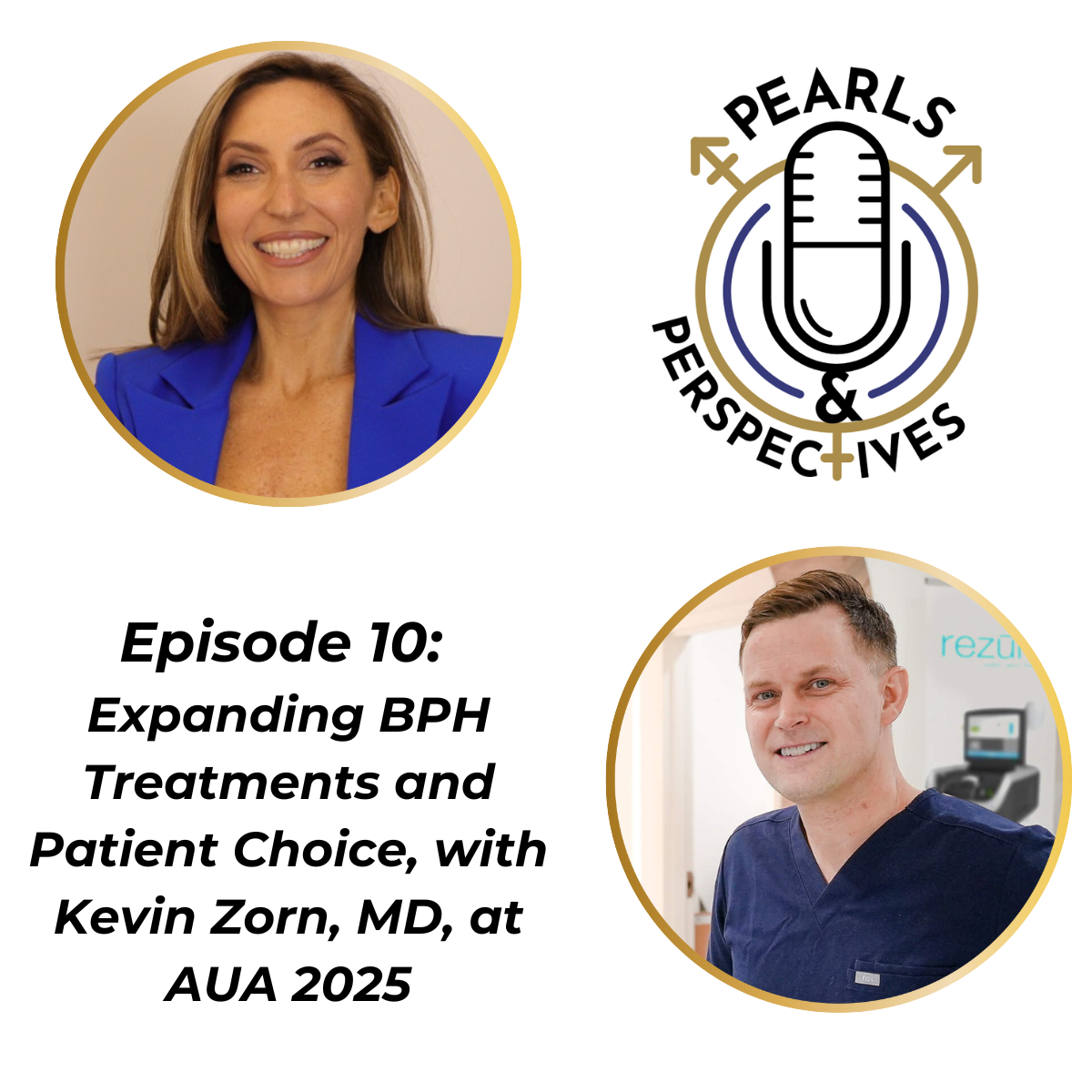Opinion
Video
Alexander Glaser, MD, on real-world outcomes with Aquablation
Real-world data on Aquablation for benign prostatic hyperplasia (BPH) is largely comparable to what was seen in the pivotal WATER I and WATER II clinical trials, according to data presented at the 2025 American Urological Association (AUA) Annual Meeting in Las Vegas, Nevada.
Presenting author Alexander P. Glaser, MD, sat down with Urology Times® at the meeting to share his take on these findings. Glaser is the vice chief of urology at Endeavor Health as well as a clinical associate professor at the University of Chicago.
He noted, “While pivotal clinical trials are critical to get approval and to show real-world efficacy, real-world data is critical to make sure that we're still replicating those outcomes and you're doing that across a much more diverse patient population.”
Overall, data showed that patients in the real-world, when compared to patients in the WATER I and WATER II trials, had slightly lower flow rates and slightly higher residuals. They also demonstrated slightly lower prostate-specific antigen levels, International Prostate Symptom Scores, and quality of life scores.
Data from the study also showed that blood transfusion rates were lower in the real-world dataset.
Glaser explained, “Our blood transfusion rate in the real-world is much lower than in WATER I and in particular, WATER II. WATER II did not include any hemostasis, just used a catheter traction device, whereas now it's more or less standard to do 2 passes with the Aquablation and then get focal bladder neck cautery before putting in a catheter. With those things, we're seeing much lower transfusion rates. In the great less than 80 gram prostate in the ICARUS database, it was a 0.19% transfusion rate, and then 80 to 150 [grams] was about 1.26.”

















